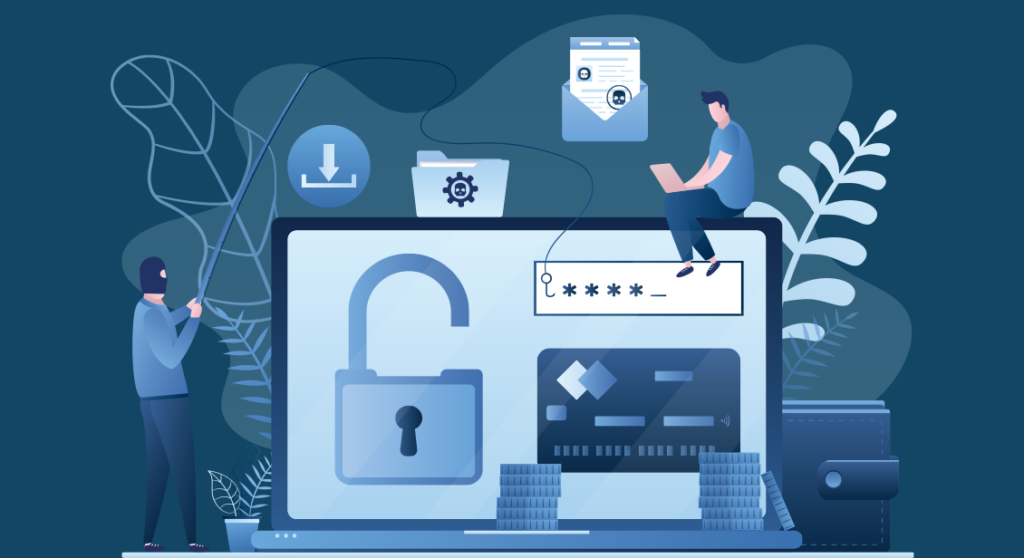In today’s fast-paced digital landscape, cybersecurity strategy isn’t just an option—it’s an absolute necessity. Whether you’re a small business owner Techprimex.co.uk, or a large enterprise, the risk of cyber threats looms large. From data breaches to ransomware attacks, the challenges are real and constantly evolving.
So, what exactly makes a robust cybersecurity strategy? Let’s dive in.
The Foundation: Understanding Cybersecurity
Before we jump into the nuts and bolts, imagine this:
You own a castle. Your castle holds precious treasures (aka your data). To protect it, you need high walls, guards, and maybe even a moat. But is that enough? Not really. You also need strategies to respond if someone breaches your defenses.
This is exactly what a cybersecurity framework does—it’s your blueprint for defending your digital castle.
Why Cybersecurity Is More Than Just Technology
A strong cybersecurity policy isn’t just about firewalls and antivirus software. It’s about people, processes, and technology working together to identify, prevent, and respond to threats.
Key Components of a Cybersecurity Strategy
Risk Assessment and Management
Every journey begins with understanding where you stand. Risk assessment is the process of identifying potential threats and vulnerabilities in your system.
How to Conduct a Risk Assessment:
- Identify Assets: What data, hardware, and software are critical?
- Analyze Threats: Think of cybercriminals, natural disasters, insider threats.
- Evaluate Vulnerabilities: Where are the weak spots?
- Determine Impact: What happens if these vulnerabilities are exploited?
Pro Tip: Regular risk assessments help you stay ahead of emerging threats.
Strong Access Control Measures
Imagine handing the keys to your castle to just anyone. Sounds risky, right?
Access control ensures only authorized individuals can access sensitive data. This includes:
- Multi-Factor Authentication (MFA): Adding extra layers of security.
- Role-Based Access Control (RBAC): Granting access based on job roles.
- Least Privilege Principle: Giving users the minimum access necessary.
Data Protection and Encryption
Think of data encryption as a secret code. Even if someone steals your data, they can’t read it without the key.
- Encrypt Sensitive Data: Both at rest and in transit.
- Backup Data Regularly: In case of data breaches or ransomware attacks.
- Secure Storage Solutions: Use strong encryption protocols.
Incident Response Plan
What happens when things go wrong?
An incident response plan is your playbook for managing security breaches.
Key Elements:
- Preparation: Set up an incident response team.
- Detection & Analysis: Identify and understand the breach.
- Containment: Limit the damage.
- Eradication: Remove the threat.
- Recovery: Restore operations.
- Lessons Learned: Analyze what went wrong and improve.
Continuous Monitoring and Threat Intelligence
Cyber threats evolve daily. That’s why continuous monitoring is crucial.
- Real-Time Monitoring Tools: Detect suspicious activities instantly.
- Threat Intelligence Feeds: Stay updated on the latest threats.
- Automated Alerts: Get notified of potential breaches.
Remember: The earlier you detect a threat, the quicker you can respond.
Security Awareness Training
Your employees are your first line of defense.
Regular security awareness training ensures they recognize phishing emails, avoid suspicious links, and follow best practices.
What to Include in Training:
- Recognizing social engineering tactics.
- Safe internet browsing habits.
- Password management tips.
Strong Security Policies and Procedures
Think of security policies as the rules of your cybersecurity game.
- Acceptable Use Policies: What employees can and can’t do.
- Remote Work Guidelines: Especially important in today’s hybrid work environments.
- Password Policies: Strong, unique passwords are a must.
Compliance with Legal and Regulatory Requirements
Depending on your industry, you may need to comply with regulations like:
- GDPR (General Data Protection Regulation)
- HIPAA (Health Insurance Portability and Accountability Act)
- PCI-DSS (Payment Card Industry Data Security Standard)
Failure to comply can lead to hefty fines and legal troubles.
Integrating Technology Effectively
While technology alone isn’t enough, it plays a critical role.
Essential Security Technologies:
- Firewalls: First line of defense.
- Antivirus and Anti-malware Software: Protect against known threats.
- Endpoint Protection: Secures devices connected to your network.
- Virtual Private Networks (VPNs): Secure remote access.
Challenges in Implementing a Cybersecurity Strategy
It’s not always smooth sailing. Organizations often face:
- Budget Constraints: Security can be costly.
- Lack of Expertise: Skilled cybersecurity professionals are in high demand.
- Rapidly Evolving Threats: Staying ahead is tough.
The Role of Leadership in Cybersecurity
Cybersecurity isn’t just the IT department’s job.
Leadership must:
- Prioritize cybersecurity in business strategies.
- Allocate adequate resources.
- Foster a culture of security awareness.
Case Study: A Real-World Lesson in Cybersecurity
Remember the infamous Target data breach in 2013? Hackers gained access through a third-party vendor, compromising 40 million credit card numbers.
What went wrong?
- Weak third-party security.
- Delayed response to breach alerts.
The lesson? Comprehensive cybersecurity strategies must include vendor management and swift incident response.
Future Trends in Cybersecurity
- AI and Machine Learning: For smarter threat detection.
- Zero Trust Architecture: Never trust, always verify.
- Quantum Computing: Both a challenge and an opportunity for encryption.
Conclusion
Building a robust cybersecurity strategy isn’t a one-time task. It’s an ongoing process that requires vigilance, adaptability, and a proactive approach.

